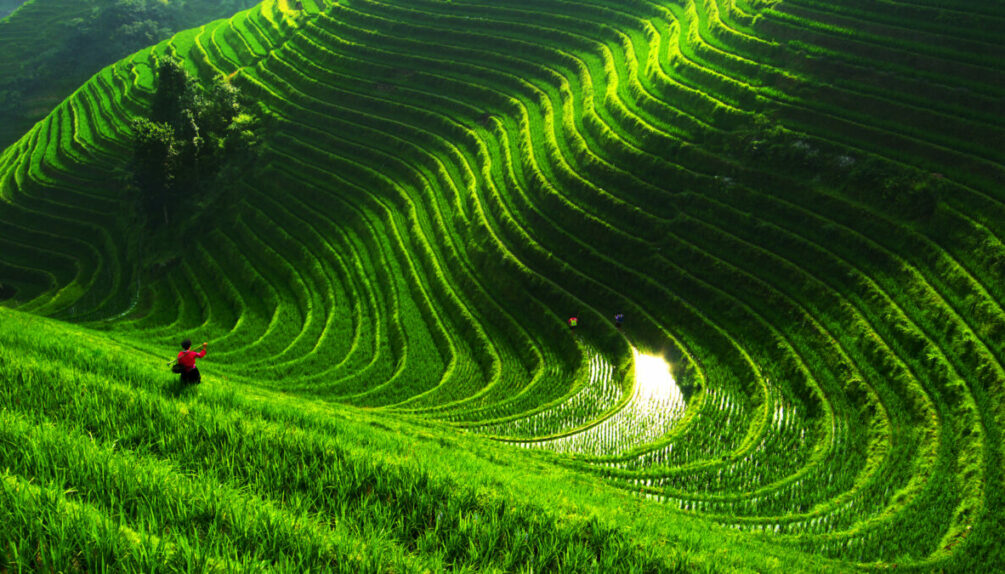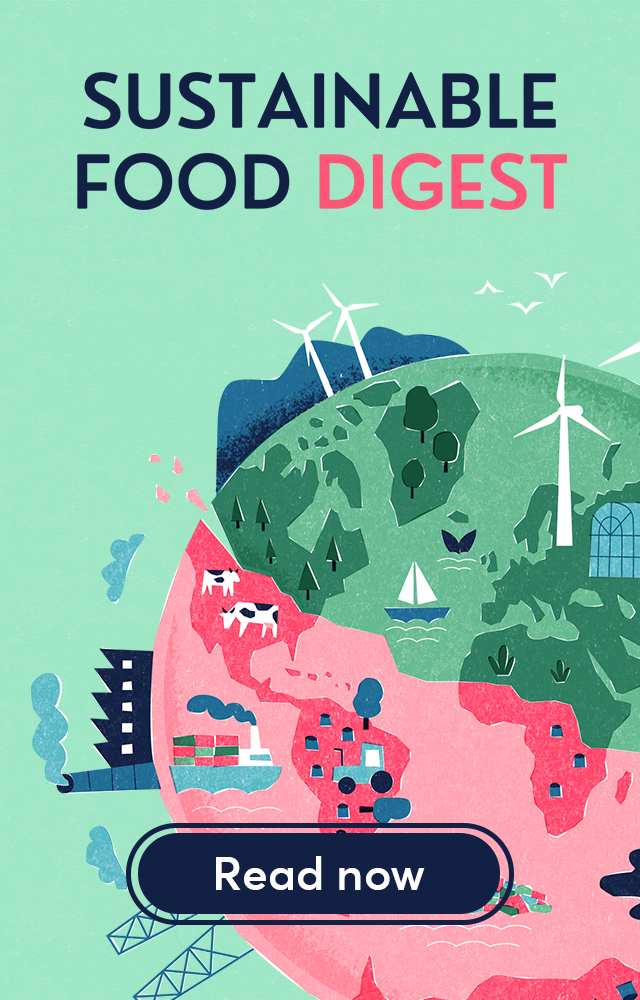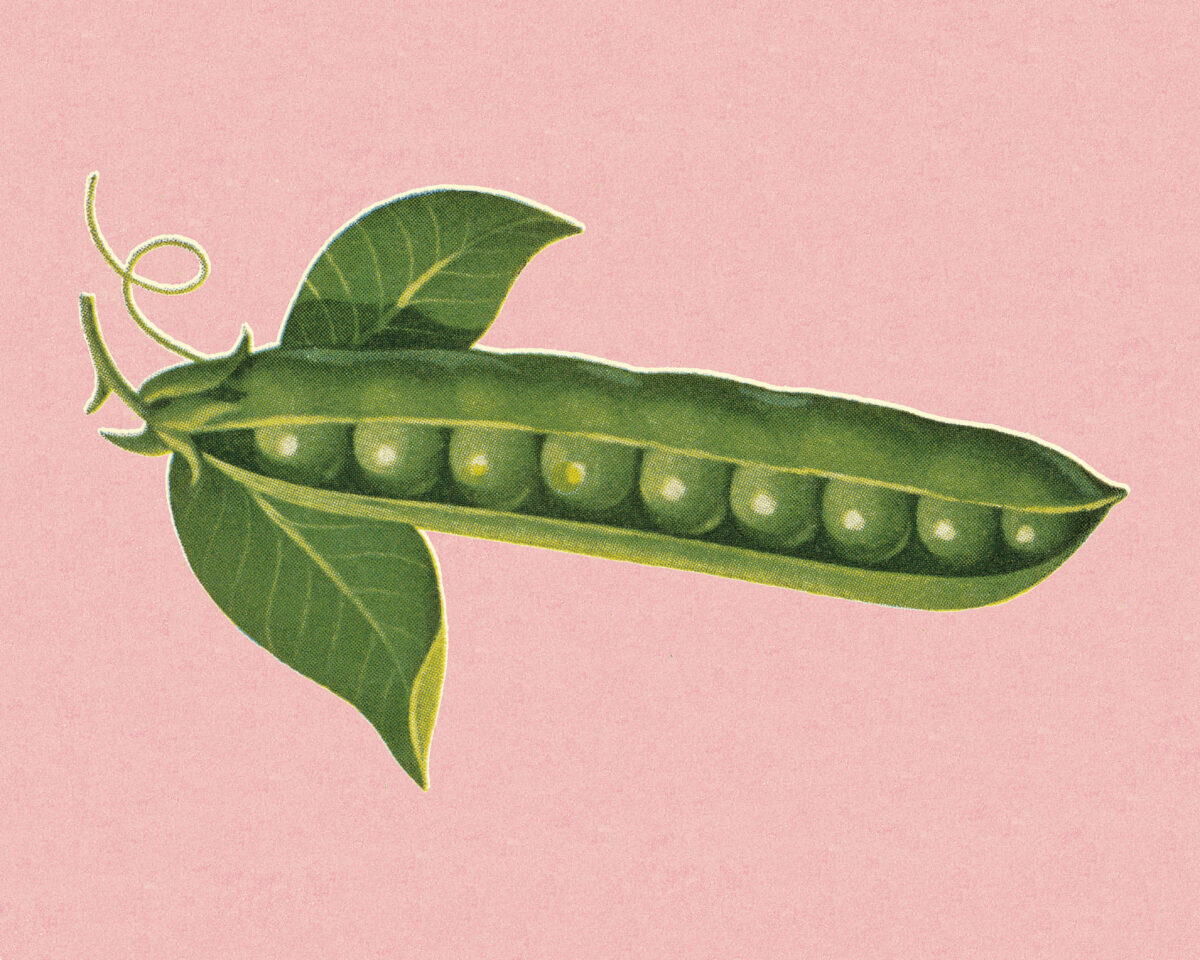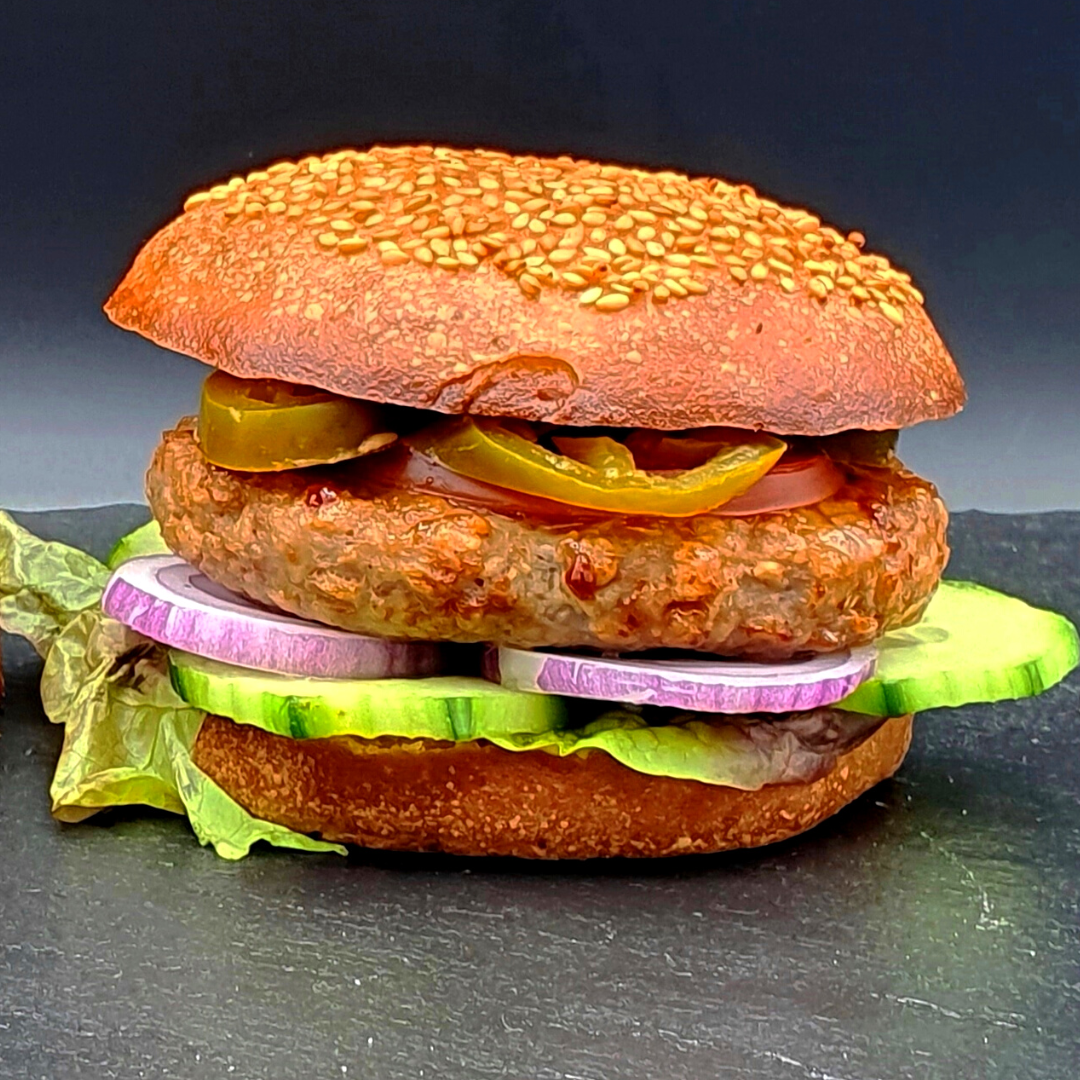Southeast Asia and Asia-Pacific nations must shift to alternative proteins by 2030 to decarbonise, says report

Countries in Southeast Asia and the Asia-Pacific must increase their production of alternative proteins by 2030 if they are to avert the climate crisis, a new report has revealed.
Published by Asia Research and Engagement (ARE), a Singapore-based company helping businesses invest in sustainable development, the study emphasises industrial animal production and its associated emissions must peak by or before 2030 in both regions in order to shift and to decarbonise their protein systems. It also strongly advises nations to eliminate their contribution to deforestation by 2030, which is directly associated with their intensive livestock production.
The countries the report focusses on include China, Japan, South Korea, Indonesia, Vietnam, Malaysia, the Philippines, Thailand, India and Pakistan.
By 2060, ARE says alternative protein production in these areas will need to grow by between 30% and 90% in order to bring down carbon emissions.
These regions have been advised to focus on developing alternative proteins such as plant-based and cultivated meat and dairy products, and fermented produce. Plant-based foods like tofu, tempeh, beans and pulses don’t count as ‘alternative proteins’ as they are already part of the traditional cuisine of many Southeast Asian and Asia-Pacific, rather than new alternatives.
China is the largest consumer of animal proteins worldwide and produces the most pork, fish, and eggs. It is also the second largest producer of chicken after the United States. While its population size is decreasing, consumption of animal protein is expected to continue to grow between now and 2030. The country imports 60% of its soy for use in animal feed and 33% of its beef from Brazil, Argentina and Paraguay, which causes large-scale deforestation. To achieve decarbonisation, China has been advised to ensure alternative proteins make up 50% of the country’s protein volume by 2060.
While Japan imports less soy for animal feed from Brazil – approximately 13% – it has also been recommended to reduce industrial animal production, cut food waste, and increase the availability of alternative proteins, so they make up 45% of the country’s protein sources by 2060.
Large-scale deforestation takes place in Indonesia, with land being cleared for pasture and palm oil plantations. If the country is to decarbonise its protein sector, ARE says it must completely end deforestation, stop the growth of animal production by 2030 and boost the development of alternative proteins so they make up 60% of Indonesia’s overall protein volume by 2060.
Malaysia’s local pasture expansion also contributes to deforestation, and it imports soy for animal feed, mainly from Argentina. It has been advised to eliminate supply chain deforestation and ensure animal production reaches a plateau by 2030. Alternative protein production in the country should also make up 50% of protein volume by 2060, the report says.
Out of all the countries mentioned, India and Pakistan need to increase their alternative protein production the most, with ARE noting that both alternative and traditional plant proteins should make up 85% and 90% of the volume of protein sources in these countries by 2060. India imports 45% of soy for animal feed from Argentina and Brazil. Its animal protein consumption is relatively low, but it is expected a large per-capita GDP growth in the coming years will greatly increase the demand for protein. In Pakistan, fast per-capita GDP growth is also expected to more than double per-capita consumption of protein consumption by 2060, making a focus on alternative protein production vital for decarbonisation.










